Supplier Interview: Concussions don’t Just Happen in Football
 Michelle L. Lange, OTR/L, ABDA, ATP/SMS
Michelle L. Lange, OTR/L, ABDA, ATP/SMS
Updated 9/24/2022
Recently I had a nice conversation with a colleague about Dynamic Seating. Joe McKnight is the former Director of Business Development in California, Nevada, and Arizona for Numotion, and he has been in the wheelchair seating and mobility field for a long time – probably longer than he would like to admit! Having that much experience provides a unique view. Joe states that “how we practiced 30 years ago and how we practice now should be different. We need to re-evaluate how we are doing things and how we need to change.” As of this blog update, Joe now works for Atlas Technology.
Joe has been interested in dynamic seating for a long time, and has worked closely with various people who have been involved in dynamic seating design over the years. Joe is passionate about this area and presents on the subject from time to time.
Evaluating A Client’s Need To Move
When evaluating a client, Joe starts with a “wish list” of client and caregiver goals. “They need to do something that we are not allowing them to do – how do we help them?” states Joe. “Often, the clients need to move, and movement is an expression.” For many people with increased muscle tone, changes in emotion and communication can lead to increases in tone. So when a client is excited, for example, we may observe an increase in extension and movement.
Dynamic Seating Protects Clients Against Injury
I found one of Joe’s observations to be of particular interest. “We are constantly studying how chronic hits to the head create micro and macro concussions to football, soccer and other players, but yet no one is studying how a client may be injured by banging his or her head against a wheelchair headrest repeatedly and with significant force. This force can sometimes break metal backs and headrests.”
At Superior Mobility, we put a lot of effort into providing wheelchair seating that prevents pressure injury. Perhaps one of the many reasons we need to consider dynamic seating is to protect the client from other injuries that are not usually considered. Sustained and/or repeated forces against a static system when clients express themselves often leads to the breakage of seating components. What is the impact of these forces on the client’s body? Are we doing enough to address this in wheelchair seating?
These are critical questions and dynamic seating may be one answer. Have you considered this in your practice and do you work with clients that could benefit from such thoughtfulness?

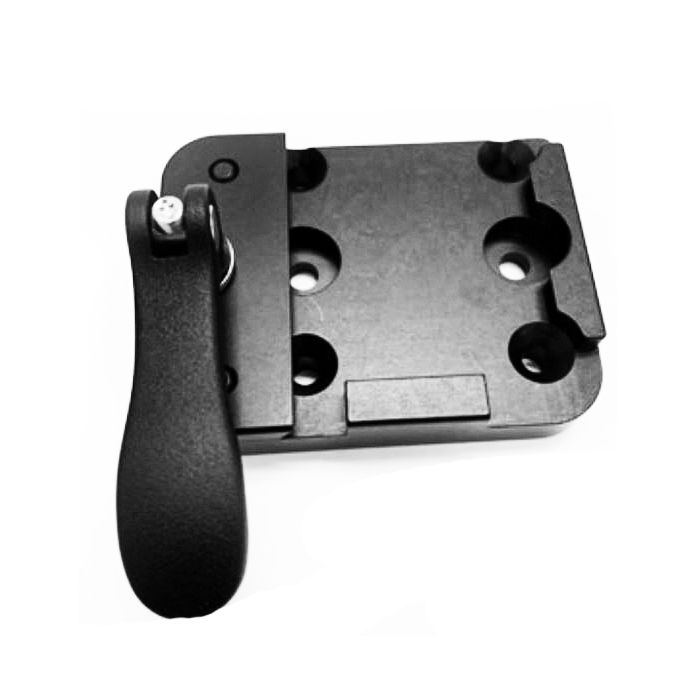
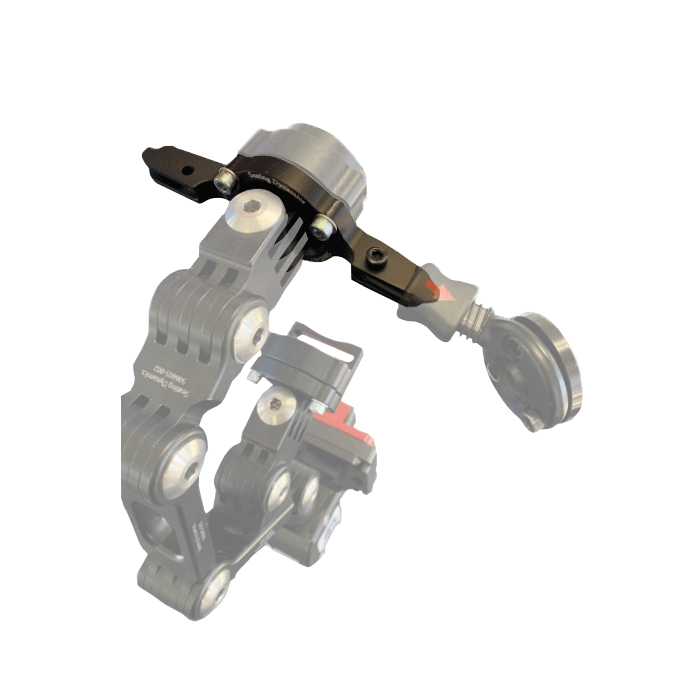
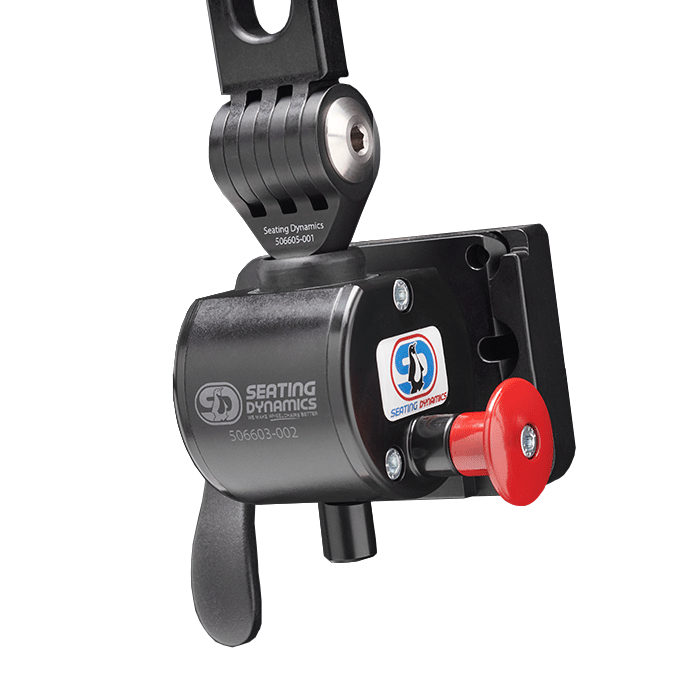
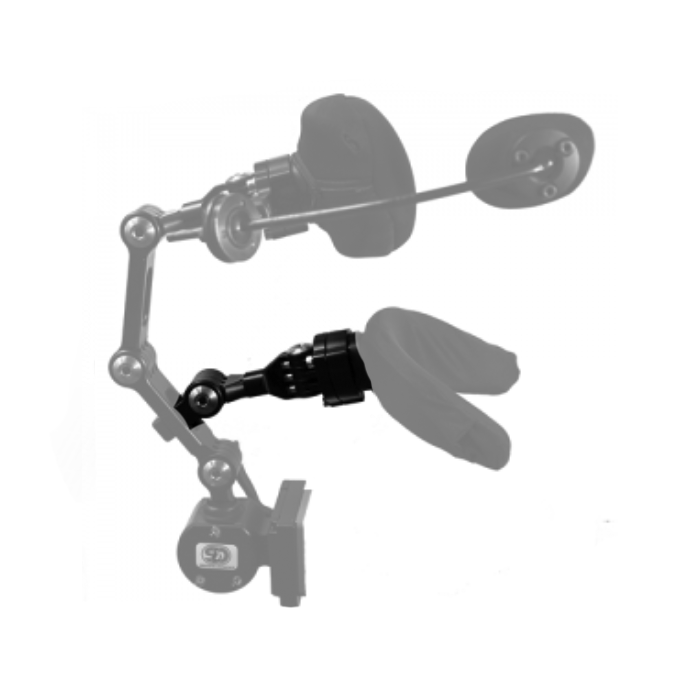
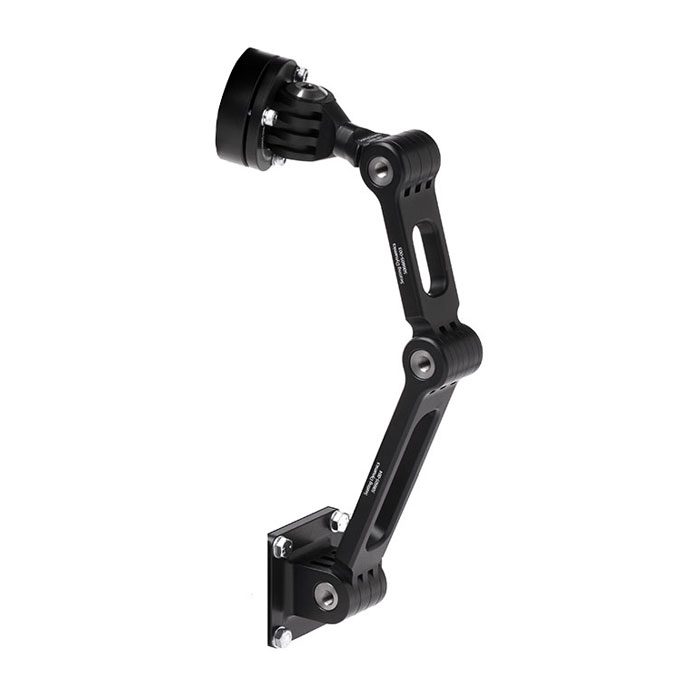
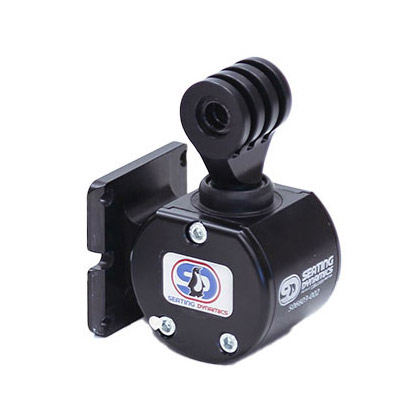
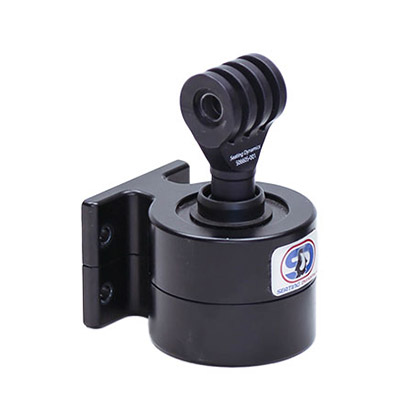
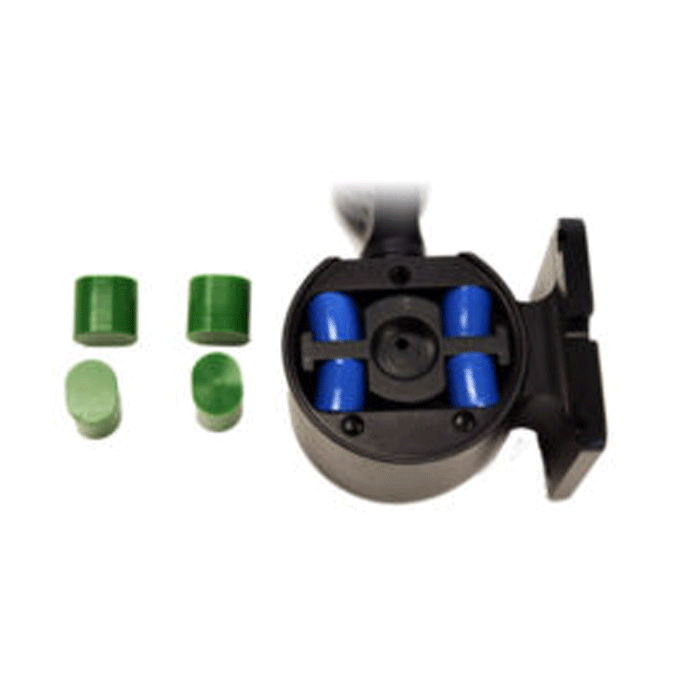
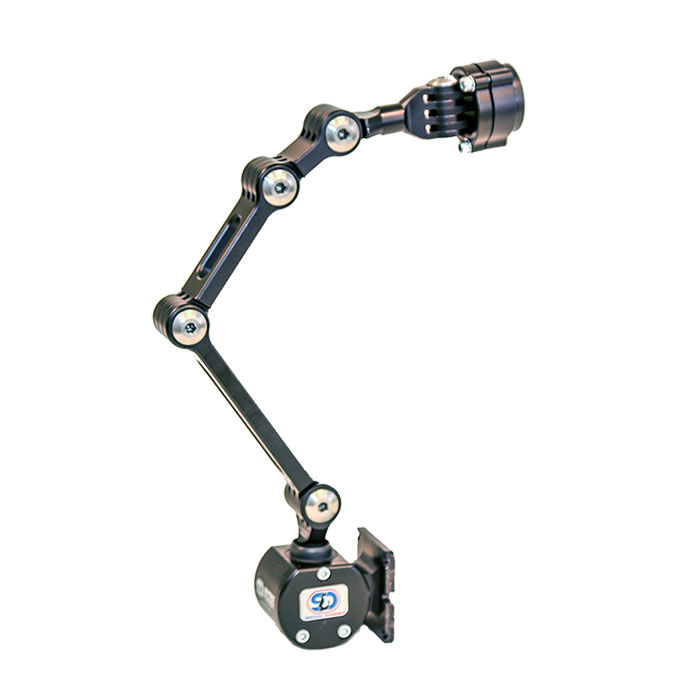

Joe,
Thanks for your comments. I had never thought of movement in the way you described it as an expression, but it is. It is an expression of a need or desire. I have thought for quite some time that movement may be the brain sending signals to the body (expressing a need or desire) to be freed from the restrictive seating components that over the last thirty plus years that we as an industry have developed to aid in seating and positioning. I remember a phone call that I had with Rick Jay when he commented about sitting still for five minutes. He was right, I could not do it, I was constantly wiggling and squirming to change my position. Our bodies are intended to move. I believe there is a lot more going on between the brain, the body and the environment of being in a wheelchair than we realize. If someone cannot verbally express a need they are going to do it some other way, perhaps by breaking parts off of their wheelchair!